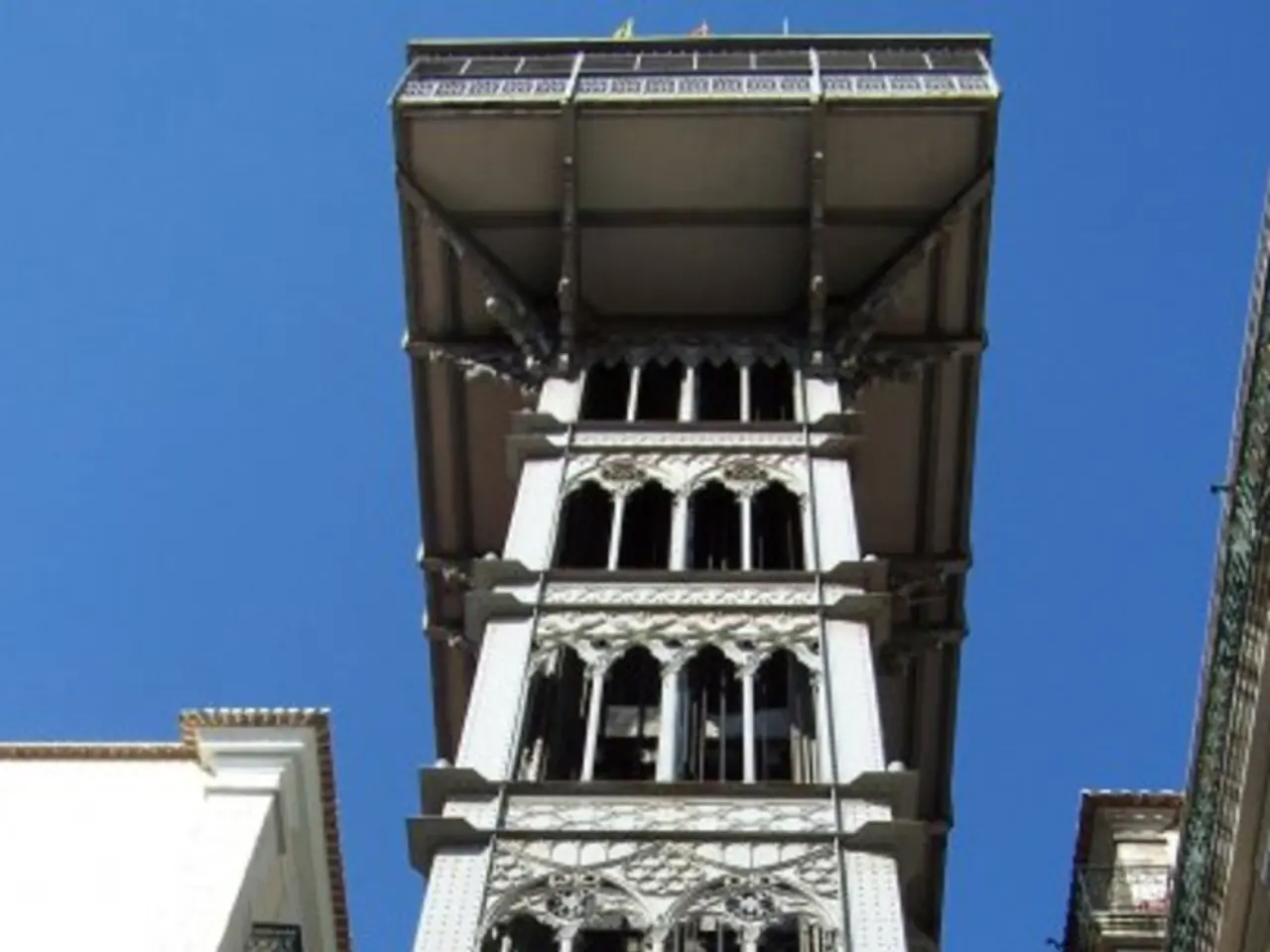Water Inundation Defense: Strategies for Basement Flood Prevention
In the event of heavy rain, it's crucial for homes to have proper backwater protection to prevent sewage and waste from entering the building. This article provides a guide on how property owners can ensure their backwater valves remain functional and effective.
**Maintenance and Cleaning of Backwater Valves**
1. **Annual Inspection**: Backwater valves should be inspected annually to ensure they are functioning properly. This involves checking for any debris or wear on the valve components.
2. **Cleaning Debris**: Use a long-handled brush to scrub around and under the flap, and check the O-ring around the lid for any damage. Replace it if necessary to maintain a proper seal. Ensure the flapper valve and threads are free of debris, sand, and sediment, using warm water to clean if needed.
3. **Check Floats**: Verify that the floats at each side of the flap are in good condition. If they are worn, replace them to ensure the valve can close properly.
4. **Secure Covers**: After cleaning, ensure all covers, including the cleanout, are secure and watertight to prevent water from entering the basement.
5. **Professional Help**: If you are unsure about the condition of the valve or are not comfortable performing the maintenance yourself, consider hiring a plumber to inspect and clean the valve.
**Role of Property Owners**
Property owners play a significant role in ensuring proper backwater protection. They should:
- **Awareness of Valve Location**: Knowing where backwater valves are installed, often near a perimeter wall in an access chamber, is essential for maintenance.
- **Proper Use**: Avoid flushing un-flushable items, including so-called "flushable wipes," to prevent clogs in the system.
- **Preventive Measures**: Regular maintenance and inspections can help prevent issues before they become serious problems.
- **Investment in Waterproofing**: Consider investing in basement waterproofing measures, such as sump pumps or weeping tile replacement, to provide additional protection against water ingress.
By following these steps and being proactive, property owners can significantly reduce the risk of basement flooding caused by sewer backups.
**Lifting Stations**
In basements with showers and toilets, a lifting station is required if the public sewer is higher than the drain. A lifting station is an expensive solution for managing backwater in such basements. Consumer advocates advise comparing prices and services of several providers before signing a long-term maintenance contract for a lifting station. The maintenance frequency for a lifting station may depend on the type of property (multi-family or single-family), with at least semi-annual maintenance required for multi-family homes and at least once a year for single-family homes, as per DIN EN 12056-4.
The German Weather Service advises checking the backwater valve in the basement before heavy rain or prolonged rain showers. In cases where the sewer system may not be able to fully absorb water masses during heavy rain, causing wastewater to rise to street level, backwater protection becomes even more important.
By maintaining their backwater valves and being aware of the signs of potential issues, property owners can ensure their homes remain safe and dry during heavy rain.
- Homeowners are encouraged to invest in environmental-science practices, such as understanding the role of weather patterns and preparing for heavy rain, to ensure their properties are protected from sewage and waste.
- In the lifestyle department of a home-and-garden magazine, an article could discuss the importance of regular backwater valve maintenance, as part of home-improvement projects, to prevent environmental hazards and maintain a clean and healthy home environment.
- As advocates for both the environment and family safety, homeowners can collaborate with local science organizations to raise awareness about the significance of environmental-science practices, such as maintaining backwater valves, and the impact this has on the home and garden ecosystem.




